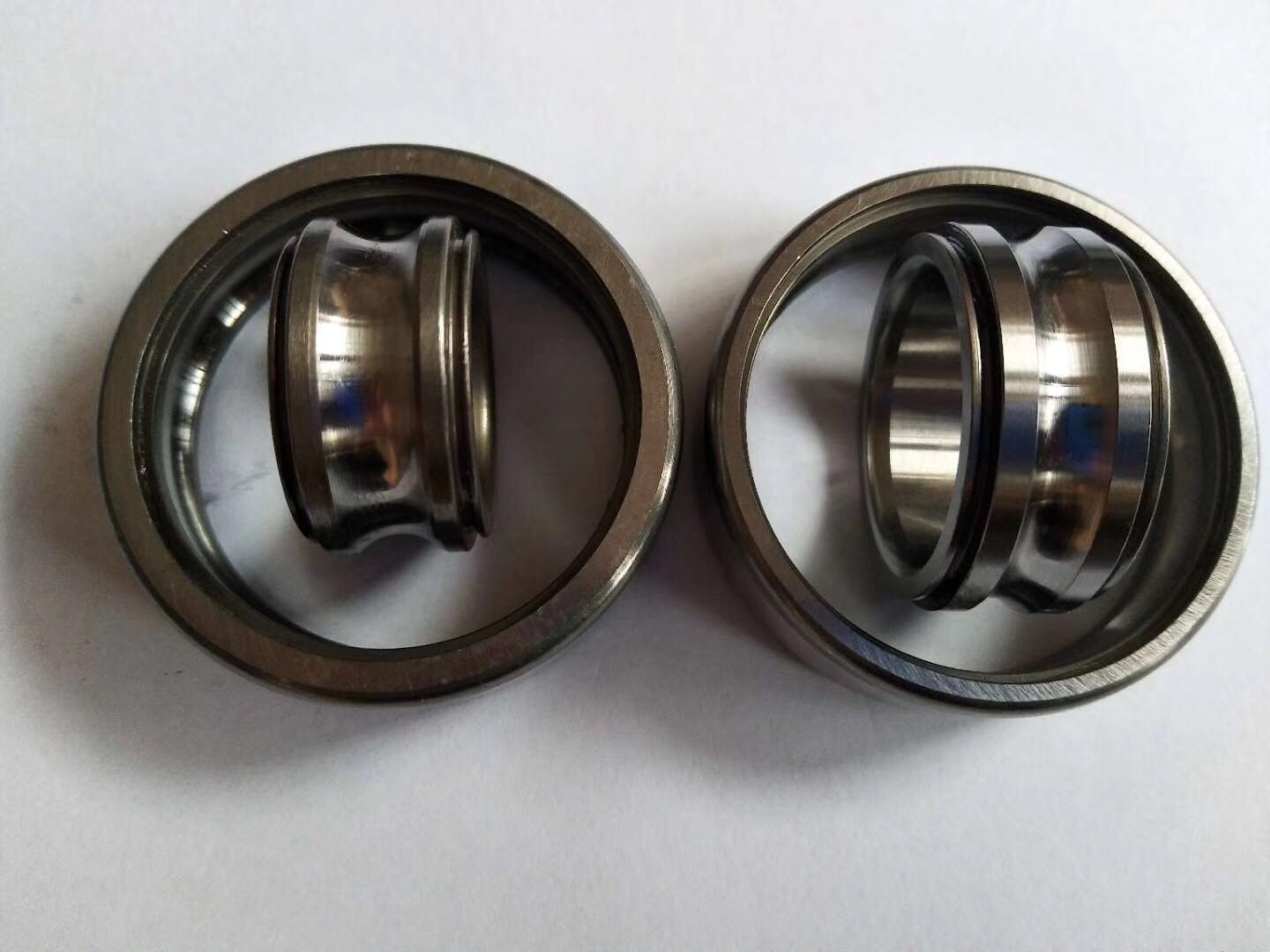CONTACT US
Zhejiang waxing electromechanical co.LTD.,Factory located in Shandong,Headquarters located in Zhejiang,China.
 1. The bearing temperature is too high
1. The bearing temperature is too high
During the operation of the mechanism, a certain temperature is allowed at the place where the bearing is installed. When touching the housing of the mechanism with your hand, it is normal that you should not feel hot. Otherwise, it indicates that the bearing temperature is too high.
The reasons for high bearing temperature include: the quality of lubricating oil does not meet the requirements or deterioration, and the viscosity of lubricating oil is too high;Mechanism assembly is too tight (insufficient clearance);Bearing assembly is too tight;The bearing seat ring rotates on the shaft or in the housing;Overloading;Bearing cage or rolling body broken, etc.
2. Bearing noise
The rolling bearing is allowed to have a slight running sound in the work, if the sound is too loud or there is abnormal noise or collision, it indicates that the bearing has a fault.
Rolling bearing noise is caused by complex reasons, one is the bearing, the outer ring with the surface wear.Due to this kind of wear and tear, the bearing and the housing, the bearing and the shaft relationship is damaged, resulting in the axis deviated from the correct position, when the shaft at high speed movement produced abnormal sound.When the bearing fatigue, its surface metal peeling, will also make the bearing radial clearance increased abnormal noise.In addition, the bearing lubrication is insufficient, the formation of dry friction, and the bearing crushing will produce abnormal sound.When the bearing is loose and worn, the retainer becomes loose and damaged, and the bearing may also be damaged.
When the rolling bearing is disassembled for inspection, the fault and the cause of damage of the bearing can be judged according to the damage of the bearing.
1. Metal spalling on raceway surface
The rolling body of the bearing and the inner and outer raceway surfaces are subjected to the periodic pulsating load, which results in the periodic change
Contact stress.When the number of stress cycles reaches a certain value, fatigue spalling occurs on the rolling body or on the inner and outer raceway surfaces.This fatigue can be aggravated if the bearing is overloaded.In addition, the bearing installation is not straight, the shaft bending, will also produce raceway peeling phenomenon.The fatigue spalling of the bearing raceway will reduce the running accuracy of the shaft and make the mechanism vibrate and noise.
2. Bearing burns
The raceway and the rolling body of the burned bearing have a reignition color.The causes of burns are generally poor lubrication, poor quality of lubricating oil or deterioration, and bearing assembly is too tight.
3. Plastic deformation
Uneven pits appear on the contact surface of the raceway and roller of the bearing, indicating that the bearing produces plastic deformation.The reason is that the bearing under the action of great static load or impact load, the local stress of the working surface exceeds the yield limit of the material, which generally occurs in the low-speed rotating bearing.
4. Bearing ring crack
The reason of bearing seat ring crack may be the bearing fit is too tight, the bearing foreign or the inner ring is loose, the bearing inclusions are deformed, the surface of the mounting bearing is not well machined, etc.
5. Cage breaks
Its reason is lubricate inadequacy, rolling body is broken, seat ring is askew.
6. The metal of the cage adheres to the rolling body
The probable cause is that the roller is stuck in the cage or is not lubricated properly.
7. Seat ring raceway is severely worn
It may be a foreign body falling into the seat ring, insufficient lubricating oil or improper lubricating oil grade.
Copyright © 2025 Zhejiang waxing electromechanical co.LTD. | All Rights Reserved Design
Hello, please leave your name email or WhatsApp here before chat online so that we won't miss your message and contact you smoothly.